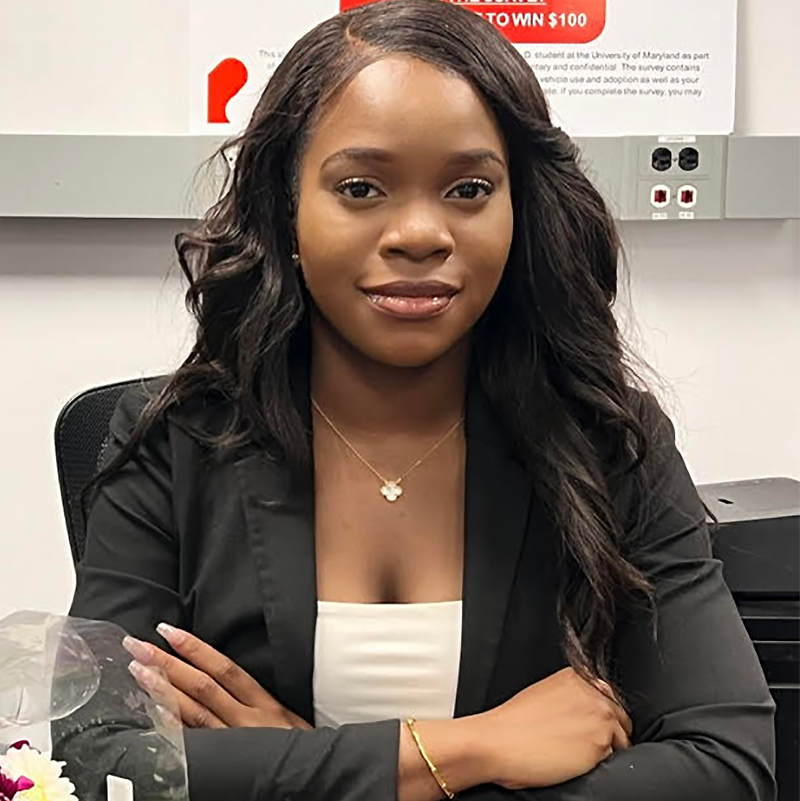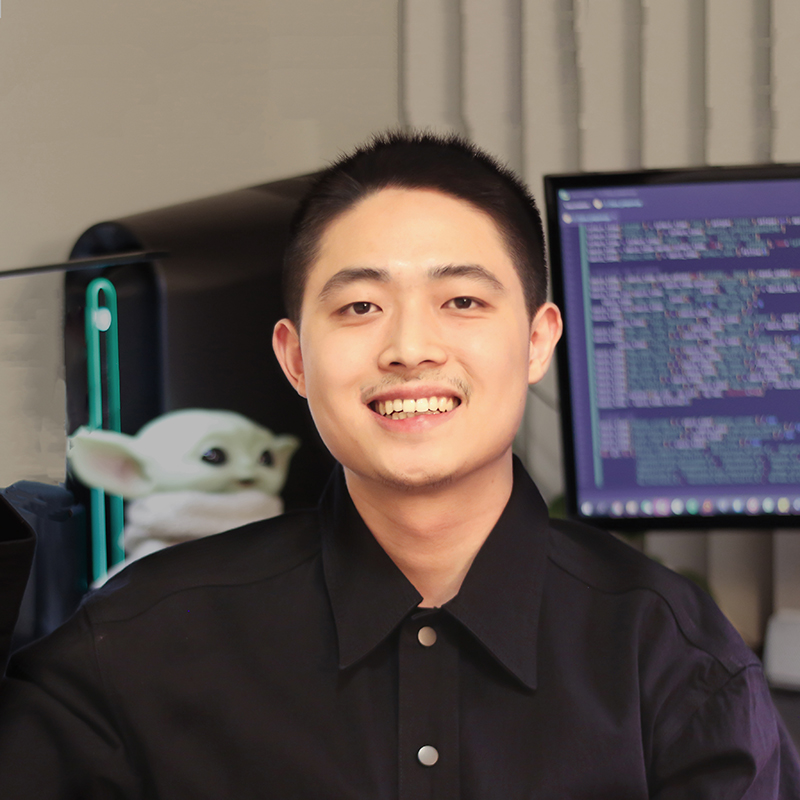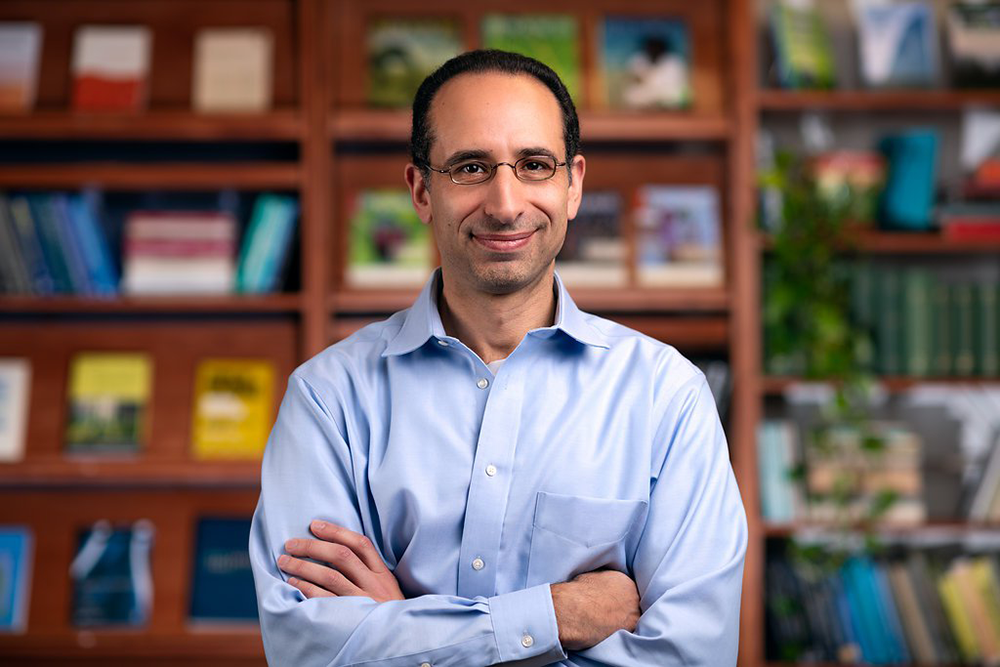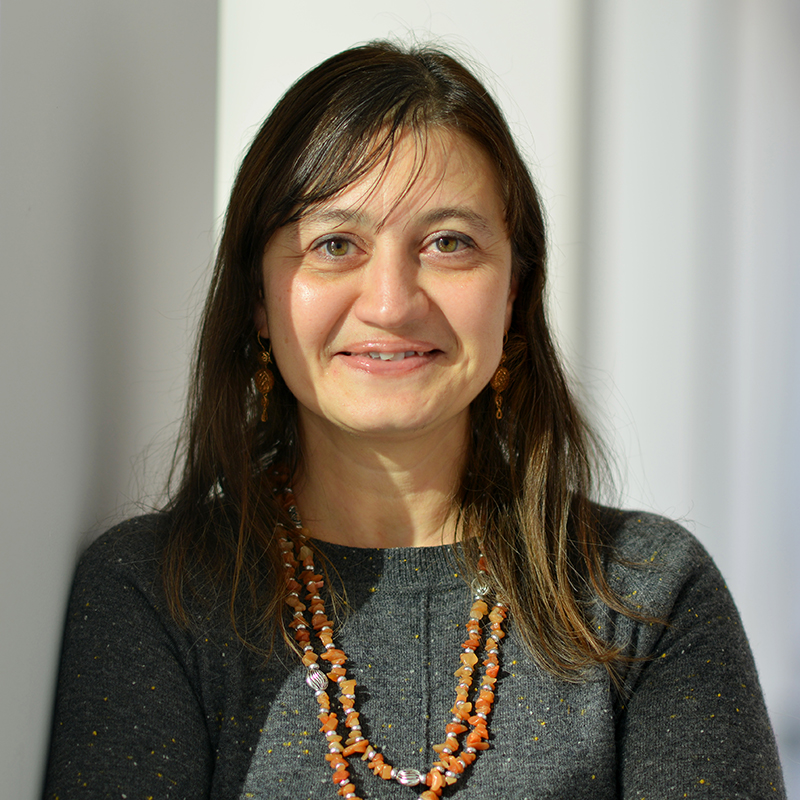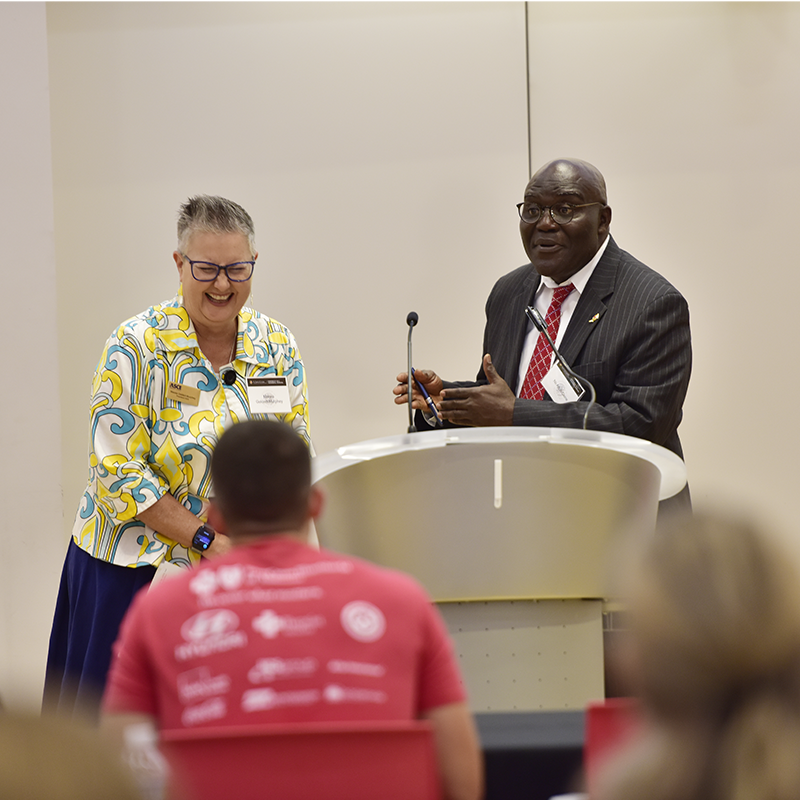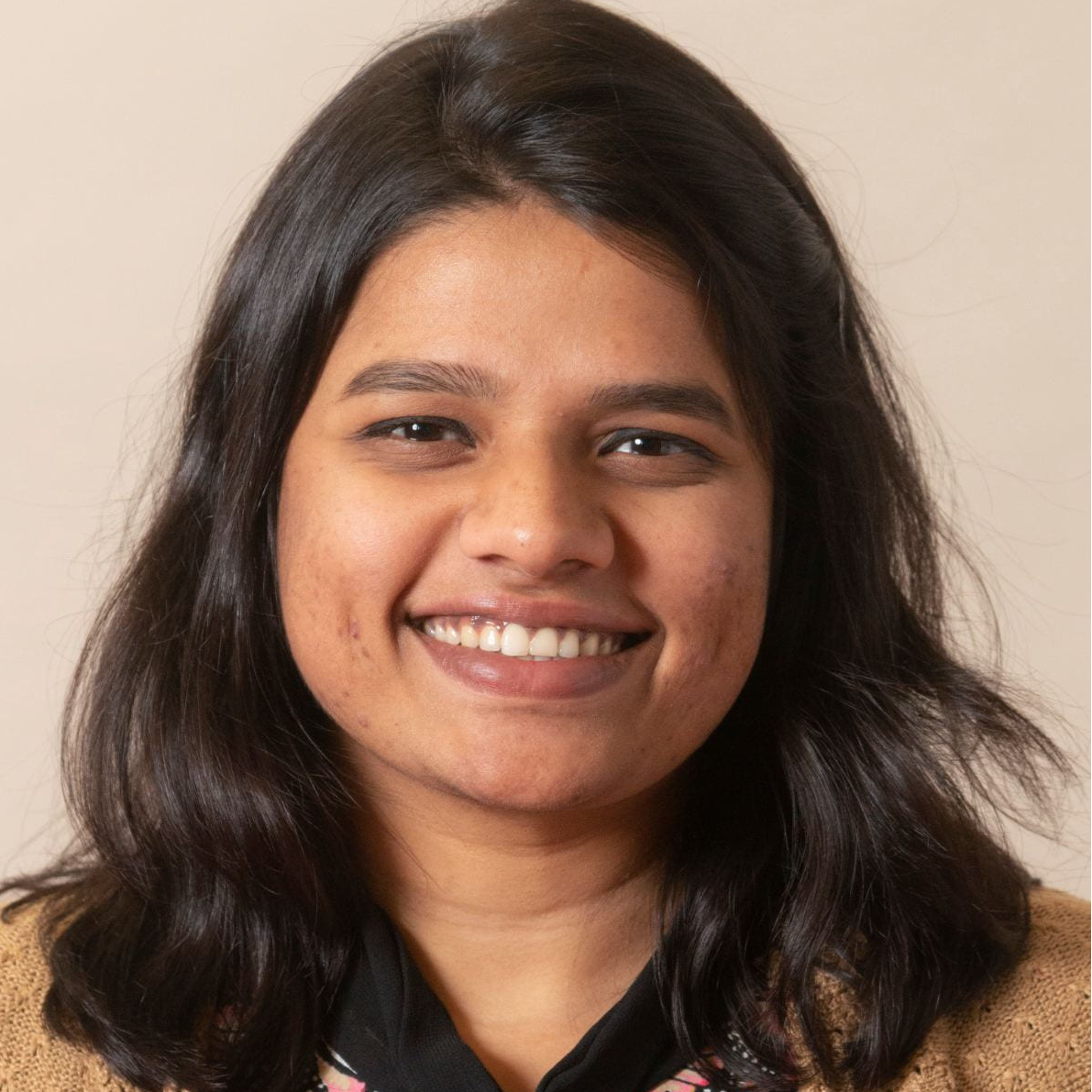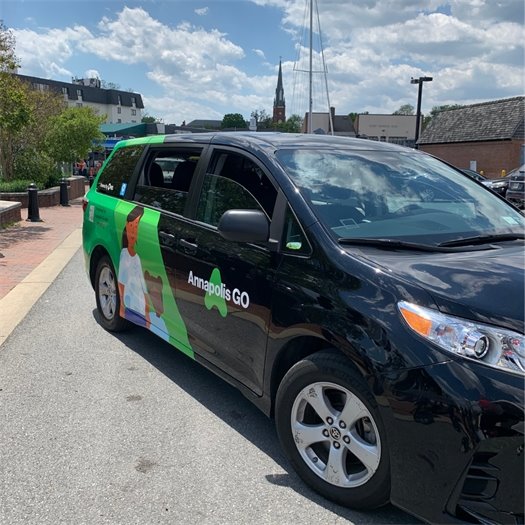News Story
WDCSITE and UMD-ITS Host Joint Seminar
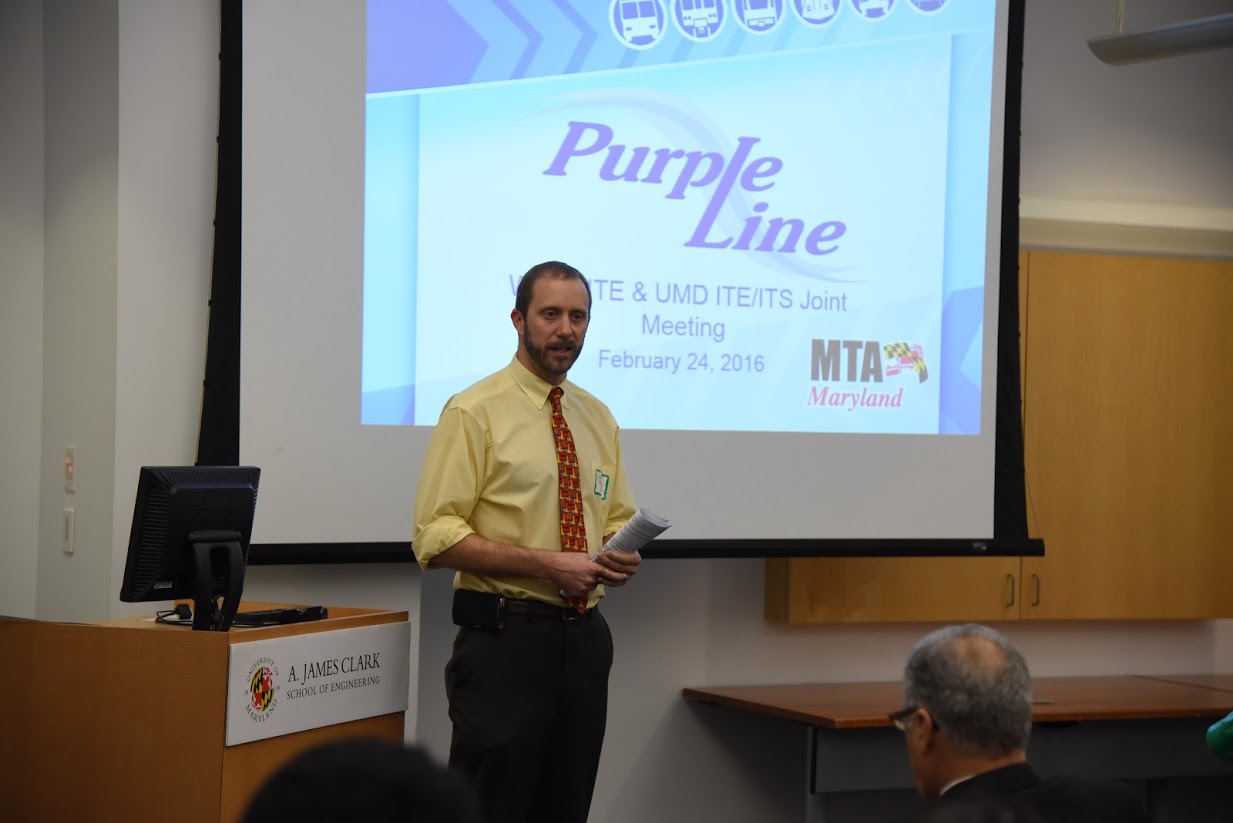
On Wednesday Feb 24th, Washington DC Section of ITE (WDCSITE) and ITS-ITE of UMD student Chapter held a joint seminar session in the University of Maryland, College Park. The session was divided into two sessions. In the first session, a light dinner and networking opportunities was offered to the university students and people from industries.
In the second session, an excellent presentation around the Purple line Light Rail Project was presented by Mr. Matthew T. Storck, who is the senior associate at STV Incorporated. First, he gave us a general overview of the project, which includes current street alignment and project schedules. Then around challenges in the corridor-wide traffic engineering and solutions, three parts are included in his presentation: 1) the problem exists in exclusive, mixed-use, median-running, and side-running alignment; 2) traffic and pedestrian safety; 3) how to balance the traffic operations and the light rail travel times. As the purple line is scheduled to set three stations on the University of Maryland Campus, Mr. Strock showed us the challenges faced to them, which including the street alignment on campus and students safety concerns.
Finally, Hyoshin Park, who is a PhD student from University of Maryland, also gave us a presentation about his research. The topic was “Location and Allocation of Emergency Response on Freeways: Theories and Applications”. An integrated method was presented to solve location and allocation problem of emergency vehicles on freeways. In the location part, the temporal locations flexible with look-ahead are compared with current practice that locates units in depots based on Poisson theory. An efficient heuristic algorithm is implemented to deal with time-consuming process of a large-scale problem in real-time. In order to solve the allocation part of the problem, a dynamic model was introduced which minimizes the cost of moving the next response unit while making it as close to the optimal response as possible. At the end of his presentation, Hyoshin also pointed out that the experimental evident indicates that the algorithm work well in practice.
Published March 9, 2016
